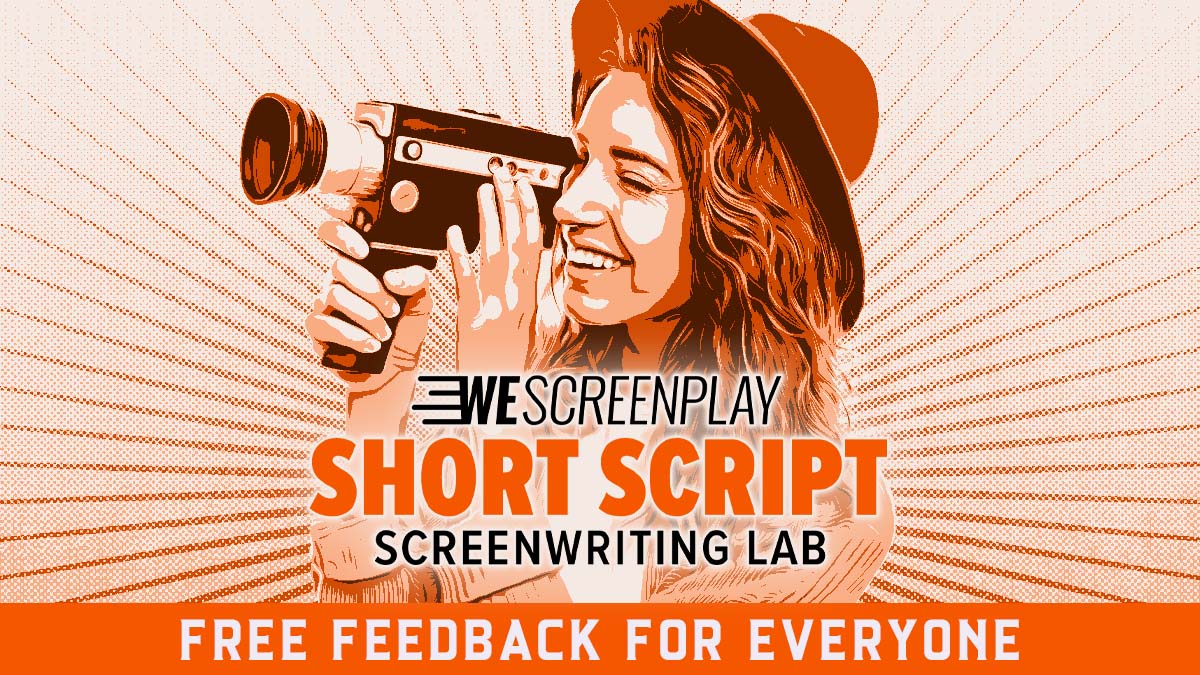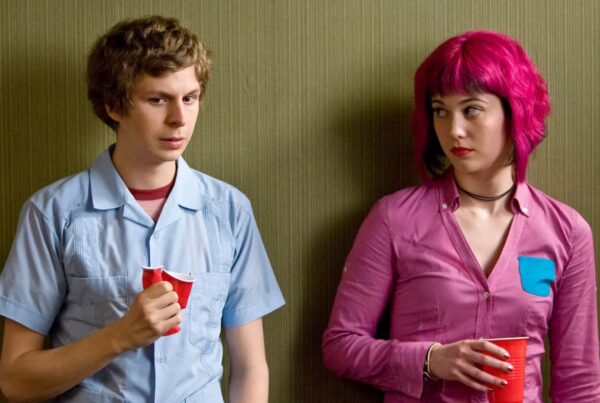
By: Beverly Peders
Before I am a screenwriter, I am a storyteller. I’ve always dipped my toes into other forms of visual writing to learn something different about each about storytelling. One such medium was comic book writing. I went into that first class with no comic book knowledge except what I had seen in theaters and an appreciation of Bill Willingham’s Fables. While I found I had no real taste for the comics we read in class, I loved the form of visual storytelling. Here’s why you might like it too:
Visual Control
As a comic book writer, you can choose the clothing you want for your characters, locations, and time period choices won’t break the budget. You can explore how the character’s clothing reflects their personality. This can encourage a deeper dive into the mind and lifestyle of your characters. Perhaps adding jewelry or a special scarf could help not only define your character, but add to dialogue or scenes later. Maybe they lose an important ring from their dead grandmother or have to mend a hole they got in a cardigan they made themselves.
Just because writers work with words doesn’t mean you can’t break out a notebook or bribe an art friend with food to sketch out some ideas. Writing visual stories doesn’t have to mean all the visuals are in your head. Having sketches can also help with consistency.

Budgeting
One of the hardest lessons I had to learn was how to fit my desired arch in twenty-two pages. It may seem like a lot, but when you’re given a less than six panel limit to adjust at your own discretion (anything more than six is usually too busy for a page if it isn’t completely action), you have to adapt your story to fit through a finer mesh. This helps you refine your story and find what’s most important. Then you can really work with the plot and characters without unnecessary fluff and visuals.
Even in comics when you have the choice of sound effects or huge splash pages, less is more. Everything is Chekov’s gun, you don’t want to burden your sketch artist with unnecessary detail. Crowds, while realistic, are hard to draw and your artist has deadlines too. By focusing on what’s important, you give your audience something to follow almost as clearly as the flow of expert panelling.
Collaboration
As a screenwriter, you may be used to thinking about how the costume designer or director will work with your script, but otherwise, it’s out of your hands. This is not so with comic books. While some writers construct the plot and basic character points and the illustrators are the ones who interpret the story with their art, most writers have pretty basic panel-by-panel directions for the art team. There should be some room for the artists to interpret since sometimes you may want a detailed splash page of a city and they need to know what to focus on and what to leave out because they can’t do everything.
Sometimes, if you discuss with you illustrator what you’re looking for, they can give great insights. It’s an interesting dynamic that happens, one eye trained on the story and one on the visual art. When it comes to screenwriting, try to think of how someone would imagine how your story would look artistically. What colors would the characters have? Perhaps you could express the characters struggle being different simply by making them smaller than everyone else, emphasizing their divergence.

Pacing
As previously mentioned, in comics, six panels is the typical max for pages with dialogue or slow moving plot points whereas action is in quicker and more dynamic, six to nine (or more!) panels. If you can visualize these scenarios in your mind while writing a screenplay, it could help you with your pacing.
Action should have faster, perhaps jarring scene changes whereas slower moments of dialogue have miniscule actions like checking a watch or putting up their hair. This may seem more like a directorial aspect of film, but pacing is vital to any story, especially visual ones.
Diversity
I always admired the comic book and graphic novel industry’s diversity of characters. It’s important that characters be visually distinctive, but even more so diversity helps give your character a more rich background. When I started my comic series, which is heavily focused on a scientific community, I wanted my characters to be as diverse as the science social structure is.
I read a lot of scientific articles mostly on computer science and genetics and every time a name was quoted, I looked up the origins. Mongolia, Sweden, India, Vietnam, and so many more. I then used that list to create characters from those places, protagonists and antagonists to make my community best represent the scientific body.
World Building
You have no budget when it comes to location or costuming! What will you do with it? In comics, you discuss concept art and character visuals with your artists. In screenwriting, taking the time to develop your world can benefit your story beyond visual effects. Whether it’s making rough sketches yourself (they don’t have to be good, believe me, mine aren’t), or talking through what you like with an artist or architect who can steer you toward something you may not have even thought of is incredibly valuable.
I always encourage trying new things, especially when it comes to writing. If you’re reading this and comic book writing sounds really enticing, why not give it a try? I’m not suggesting you throw your screenplays out the window, but maybe check out some books like Scott McCloud’s Understanding Comics: The Invisible Art. If you’re a student, see if your university has a class on it, that’s how I got started. There’s always YouTube videos and book lists if you Google the right questions.
Happy writing!

















